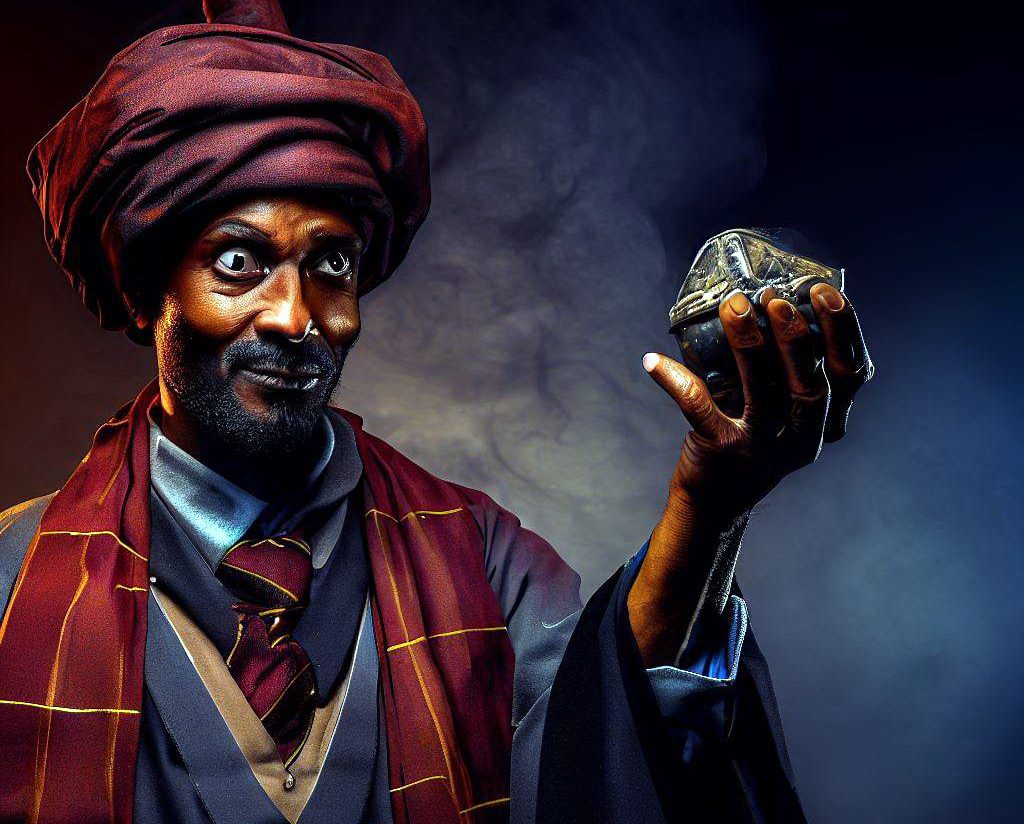Introduction:
In the magical world of Harry Potter, the enigmatic character of Professor Quirinus Quirrell remains shrouded in mystery. In “Harry Potter and the Philosopher’s Stone,” Albus Dumbledore, the wise and perceptive headmaster of Hogwarts, hints at having long suspected Quirrell of a darker allegiance. This article explores the intriguing clues and factors that led Dumbledore to suspect Quirrell’s involvement with the dark forces of Lord Voldemort and his quest for the Sorcerer’s Stone.
- A History of Darkness: Upon returning from a year-long journey to Albania, a known location associated with Voldemort’s activities, Quirrell raised Dumbledore’s suspicions. The headmaster’s extensive network of contacts and knowledge of dark magic might have alerted him to Quirrell’s travels and potential connections to the Dark Lord.
- The Mysterious Turban: Quirrell’s peculiar choice to wear a turban, which he claimed to be a gift from an African prince, piqued Dumbledore’s curiosity. The headmaster’s keen observation skills likely made him wonder if the turban concealed something significant, such as a mark or injury left by Voldemort during their encounter.
- Vulnerability to Dark Arts: Dumbledore might have been aware of Quirrell’s fascination with the Dark Arts and his desire to gain more knowledge in this field. Such an interest would have made Quirrell a likely target for Voldemort’s manipulation, especially if he exhibited vulnerability or susceptibility to dark influences.
- Voldemort’s Agenda: As Dumbledore closely monitored Voldemort’s plans and activities, he might have noticed a pattern that suggested the Dark Lord’s interest in the Philosopher’s Stone. Given this knowledge, Dumbledore would have been cautious about anyone with connections to Voldemort, including Quirrell.
- Intuition and Legilimency: Dumbledore’s exceptional wisdom and intuition were renowned throughout the wizarding world. As a skilled Legilimens, he possessed the ability to read minds, which could have been a valuable tool in probing Quirrell’s thoughts and uncovering any hidden intentions.
Conclusion:
While “Harry Potter and the Philosopher’s Stone” does not explicitly reveal all of the clues and evidence that led Albus Dumbledore to suspect Professor Quirrell’s allegiance to Voldemort, a combination of factors played a role in his intuition. From Quirrell’s journey to Albania and peculiar turban-wearing habits to his fascination with the Dark Arts, Dumbledore’s sharp mind pieced together fragments of information.
His vast network of contacts, knowledge of Voldemort’s activities, and exceptional Legilimency skills likely contributed to his apprehension. Together, these factors prompted Dumbledore to take proactive measures, such as moving the Sorcerer’s Stone from Gringotts to Hogwarts, to protect it from falling into the wrong hands.
The enigma of Professor Quirrell remains an intriguing part of the magical world, showcasing Dumbledore’s wisdom and vigilance in safeguarding Hogwarts and its students from the looming threat of the Dark Lord. As readers continue to explore the wizarding world, the mysteries surrounding Quirrell and his association with Voldemort continue to captivate and leave us with a sense of wonder and curiosity.

